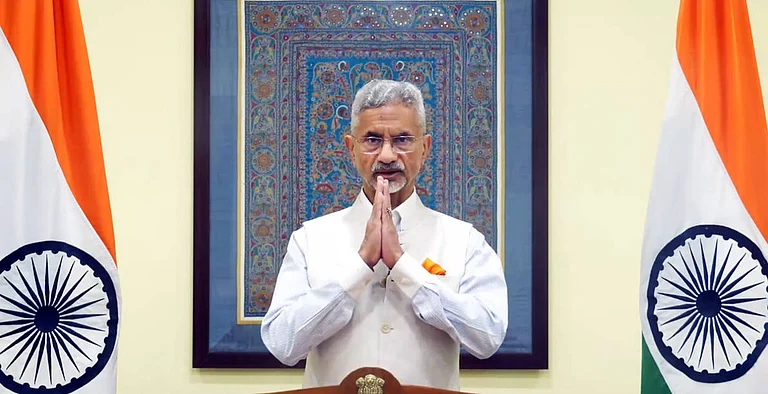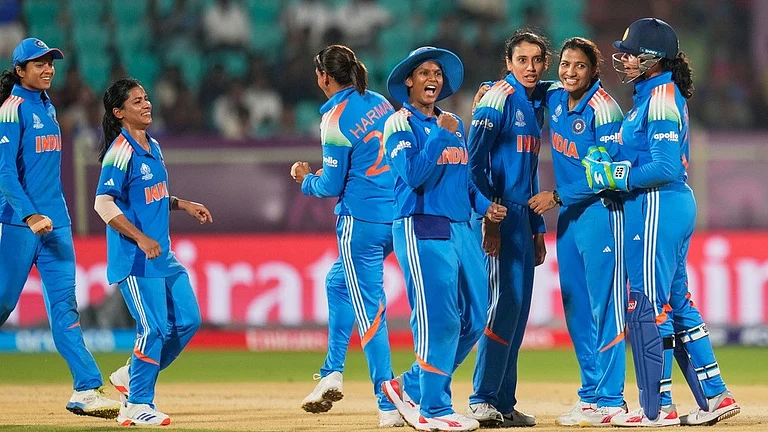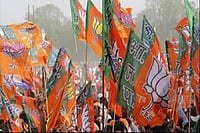The National Council for Educational Research and Training (NCERT) has sparked controversy by introducing reading modules for middle-school students about India's successful Chandrayaan-3 mission, emphasizing its successful landing near the Moon's South Pole. The module, titled 'Chandrayaan Utsav,' is intended to raise awareness among students but has been criticized for mixing science with mythology.
The piece also reportedly has an excessive focus on Prime Minister Narendra Modi rather than on the contributions of the Indian Space Research Organisation (ISRO) and the scientists involved.
According to reports, the script consistently refers to India as 'Bharat' across its 17 pages.
This has provoked strong reactions from rationalists and educators who argue that the material should focus more on the scientific aspects of the mission and its significance. They are calling for the withdrawal of the module.
The module was officially launched on October 17 in New Delhi, with Union Education Minister Dharmendra Pradhan and ISRO Chairman S. Somanath in attendance.
What does the book say?
According to The New Indian Express, the introduction of the module said, “Did this scientific achievement happen only now? Didn’t it happen in the past? Didn’t people in the past think about this? Literature tells us that it can be traced back through Vymaanika Shaastra: ‘Science of Aeronautics’, which reveals that our country had the knowledge of flying vehicles in those days.” Further the book detailed about Vymaanika Shaastra with “mind-boggling details of construction, working of engines and the gyroscopic systems”.
Reportedly, a study conducted by the Aeronautical Engineering Department at the Indian Institute of Science (IISc) has unveiled that the book "Vymaanika Shaastra" was authored by Sanskrit scholar Subbaraya Shastri in the year 1923.
In a report by The Hindu, the reading module also recounts the mythological narrative. It further said, "The Vedas, the oldest of Indian texts, makes a mention of various gods being transported on wheeled chariots pulled by animals, usually horses, but these chariots could also fly. The Rig Veda (verses 1.16.47-48) specifically mentions 'mechanical birds.' There are various mentions of flying chariots (Rath) and flying vehicles (Vimaan) which were used in battles and wars." The text also highlights the Pushpak Viman, said to be created by Vishwa Karma.
“All gods had their own vehicle personified as an animal, which they used to travel from one place to another. These places included earth, heaven, planets and cosmic destinations called ‘Loks’. Such vehicles were said to travel effortlessly in space and without any noise. One such Vimaan is the legendary Pushpak Vimaan (literally the floral chariot) mentioned in Ramayana. It was created by Vishwakarma, the chief architect of god’s, out of the dust from the Sun for Brahma. Brahma gave it to Kuber. When Ravana took over Lanka from Kuber, it was used by Ravan as his personal vehicle,” it reportedly added.


























